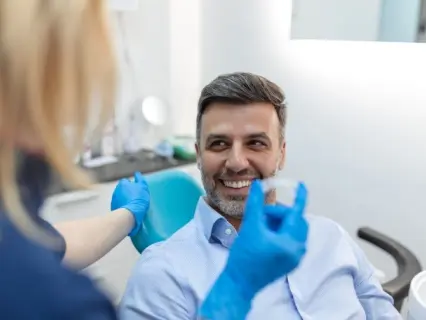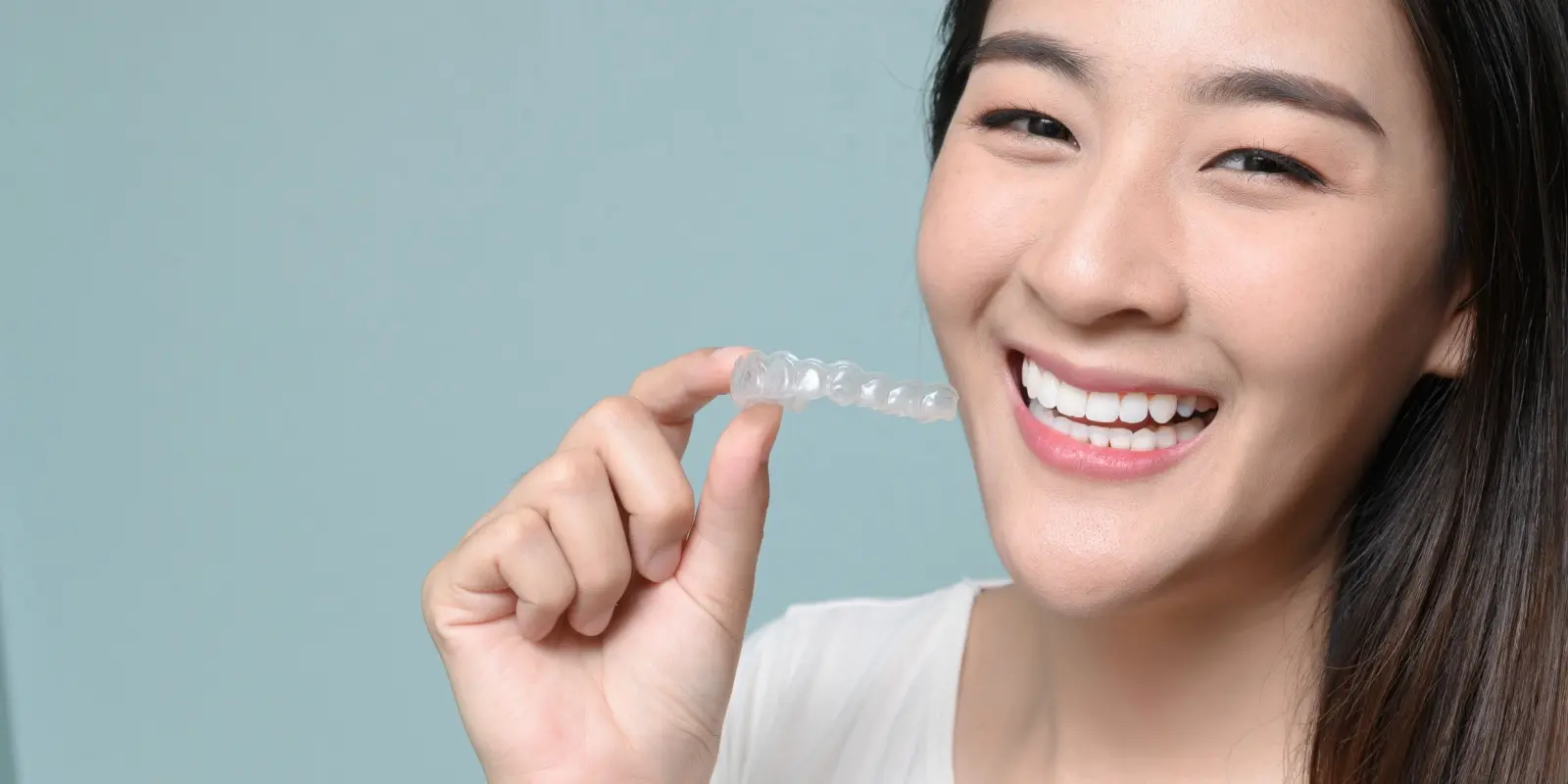Do I Have to Wear Invisalign All the Time?
To be effective, Invisalign must be worn 20 to 22 hours a day, every day until your treatment is complete. Invisalign should only be removed for meals and when you brush and floss your teeth.
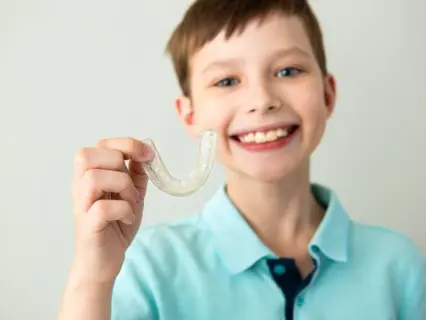
How Does Invisalign Straighten My Teeth?
Invisalign is a customized orthodontic treatment that is designed to align teeth and jaws for comfort, functionality, and good oral health. Aligners are changed about every two weeks throughout the treatment so that certain teeth can be moved at certain times. Your entire treatment plan is designed by your Invisalign provider before the process begins and your progress is monitored through periodic check-ups with your dentist. With Invisalign, the bulk of the responsibility for Invisalign working properly is on the patient. You must be dedicated to the treatment and wear and change the aligners as indicated by your dentist for Invisalign to do its job.
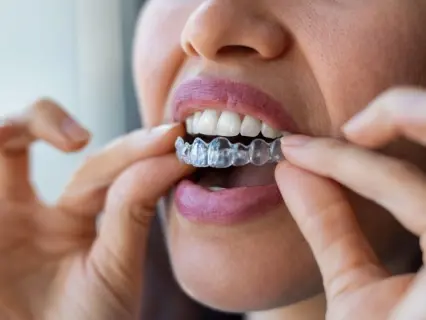
Is Invisalign Painful?
Because orthodontics by definition are intended to alter a person’s bite and the position of their teeth, there will of course be some discomfort when you wear Invisalign. Most patients describe a feeling of pressure as they put each new set of aligners in place every few weeks, but this is a good thing. You want to feel pressure on your teeth to confirm that the aligners are properly in place and moving your teeth as intended. What Invisalign does avoid for all patients is the pain of the sharp wires and brackets of traditional metal braces.
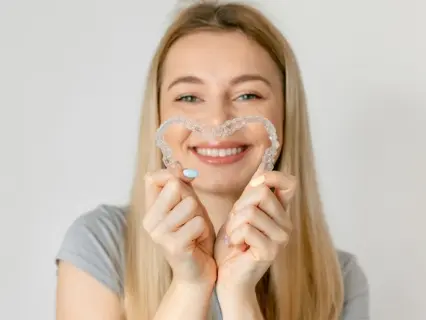
Will I Need Invisalign Attachments?
Some Invisalign wearers need what are called attachments. These small ridges are enamel-colored bumps that are attached to your teeth temporarily in order to help the Invisalign aligners fit very tightly against your teeth. The bumps are buffered off of teeth at the end of treatment. It’s a good idea to discuss with your Philadelphia dentist whether or not you will need attachments before your treatment begins.
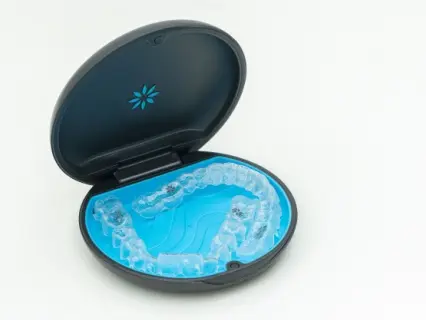
Can I Eat While Wearing Invisalign?
No, you should not eat while wearing Invisalign. Drinking water is the only thing that should be ingested while the aligners are in your mouth in order to avoid damaging your Invisalign through chewing or staining the aligners with dark foods and beverages. Invisalign can and should be removed every time you want to eat.
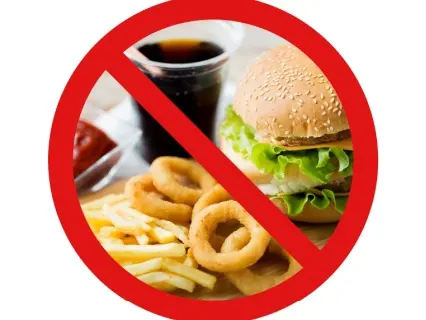
Do I Have to Clean my Invisalign Aligners?
Yes, it is important to clean your Invisalign aligners. Some people believe that since the aligners are changed out every few weeks, upkeep of the aligners that are currently in rotation is not necessary. But the aligners can quickly go from invisible to visible if they are covered with food, bacteria, plaque, and saliva. You should rinse your aligners every time you remove them from your mouth, and before you put them back in your mouth. It’s also a good idea to clean your teeth before putting your aligners back in after a meal so that food particles are not trapped between your enamel and the snug-fitting aligners. Your Invisalign provider will recommend the best cleaning method for your aligners which may include soaking, brushing (gently and without abrasive toothpaste), and special Invisalign cleaning solution.
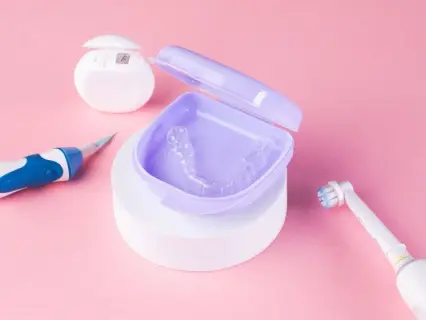
How Many Days Can I Go Without Wearing Invisalign?
It is never wise to go more than an hour or two without wearing your Invisalign aligners. If you leave the aligners out for days at a time, you risk compromising your treatment up to that point and the lag time can interfere with your orthodontic success. You will likely have to start over with the most recent set of aligners, if not backtrack even further. Invisalign is mean for constant wear, with only brief periods of reprieve. If you’re worried about anyone seeing the aligners on your teeth for a special occasion or event, don’t be – the trays are nearly invisible and they don’t impede your speech. No one needs to know you’re wearing Invisalign unless you tell them.

Do I Need to Wear a Retainer After I Finish Wearing Invisalign?
Yes, retainers are an absolute necessity if you want to keep your aligned teeth in their new position. There are a variety of retainer options for Invisalign patients. Some people will continue to wear their last set of Invisalign aligners for a period of time. Others will have permanent retainers attached behind their teeth. And some will simply wear the typical retainer according to their dentist’s instructions. Permanent wear is the typical recommendation at the start, then after six months or a year your dentist may change retainer usage to only nighttime wear.

Can I Wear Invisalign if I’ve had Cosmetic Dentistry?
Having porcelain veneers or a bridge does not automatically disqualify you from becoming an Invisalign patient, but having had these procedures will make it more difficult for Invisalign to effectively shift the alignment of your teeth. You will need to have a discussion with your dentist about whether you qualify for Invisalign based on your oral health history, or whether you are a better candidate for more cosmetic dentistry to complete your smile.
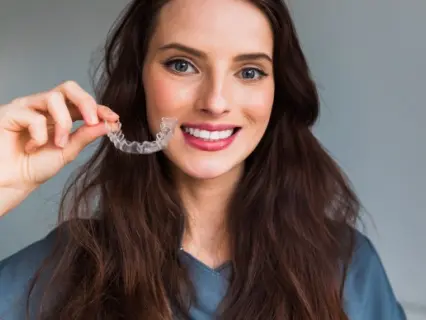
Can I get Invisalign From Any Dentist?
Dentist must complete specialized instruction in order to be qualified as an Invisalign provider. Dr. Ken Cirka is a certified Invisalign preferred provider, with a great deal of experience in fitting patients with Invisalign. Make your appointment with Dr. Cirka at Philadelphia Dentistry in Center City to find out whether you’re an ideal candidate for Invisalign, and to ask any other questions you may have about this revolutionary treatment.
